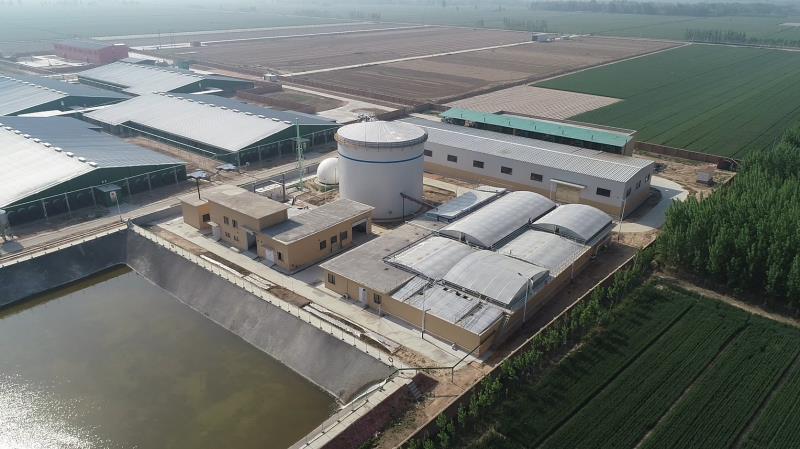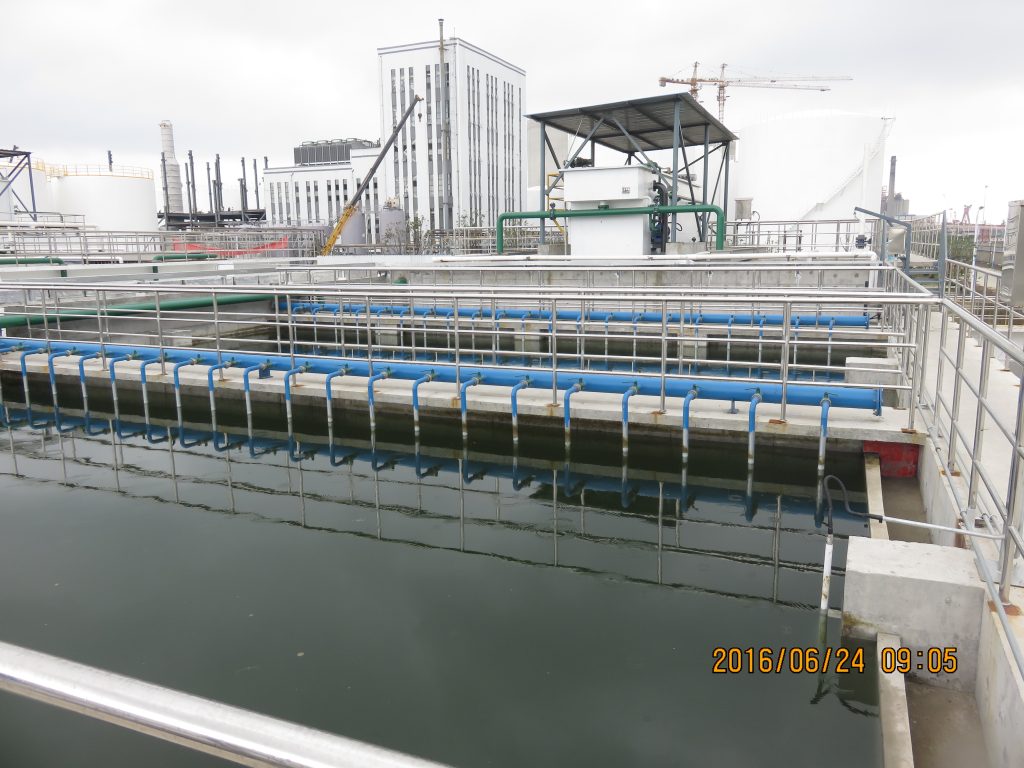What is a sewage regulating tank? What is its function? This article says it all!
一、What is a sewage regulating tank?
A sewage regulating tank refers to a structure used in wastewater treatment to regulate the flow of incoming and outgoing water. It is often used in industrial wastewater stations, industrial park sewage plants, and similar facilities.
二、How important is a sewage regulating tank?
This is very important, especially for industrial wastewater, which often has varying conditions, such as uneven water quality, erratic flow, etc. Failure to regulate these factors can significantly reduce the overall effectiveness of the wastewater treatment and limit the processing equipment’s design load capacity. The installation of a regulating tank can prevent fluctuations in wastewater quality and quantity caused by high peak flow or concentration.

三、What are the specific functions of a sewage regulating tank?
The functions of a regulating tank can be summarized into three major categories: water flow regulation, water quality balance, and pretreatment.
The specific roles of a regulating tank are:
1.Provide a buffer capacity for the wastewater treatment load, preventing sudden changes in the treatment system’s load capacity.
2.Reduce the fluctuation of wastewater flow entering the treatment system, ensuring the stable dosing rate of chemicals used for treatment and adapting to the equipment’s dosing capacity.
3.Control the pH value of wastewater and stabilize water quality by utilizing the natural neutralization ability of different types of wastewater to reduce the consumption of neutralizing chemicals.
4.Prevent highly concentrated toxic substances directly entering the biochemical treatment system.
5.Continue to supply the processing system with wastewater even when the factory or other systems temporarily stops discharging wastewater, ensuring the normal operation of the system.
四、What are the classifications of regulating tanks?
Regulating tanks can be classified into two types according to their functions: water flow regulating tanks and water quality regulating tanks.
五、How should water flow regulating tanks be understood?
Water flow regulation is relatively simple and typically only requires a simple water tank to maintain the necessary regulating tank capacity and ensure uniform discharge. There are two types of simple water flow regulation used in wastewater treatment: Internal regulation and external regulation. Internal regulation involves gravity flow for incoming water and a pump to lift outgoing water. The highest water level in the tank should not exceed the design water level of the incoming pipe, while the lowest water level is the dead water level, with a typical effective water depth of 2-3 meters.
External regulation involves a regulating tank located on a bypass. When the wastewater flow rate is too high, excess wastewater is pumped into the regulating tank. When the flow rate is lower than the design flow rate, the wastewater flows back to the collection well from the regulating tank for further processing.
Compared with internal regulation, external regulation is not limited by the height of the incoming pipe, making it more convenient for construction and sediment removal. However, external regulation requires two lifts of water volume, which increases power consumption, so it is generally designed for internal regulation.

六、How should water quality regulating tanks be understood?
The task of water quality regulation is to mix wastewater from different times or sources in the regulating tank to produce a uniform water quality flow to avoid overloading the subsequent treatment facilities.
External power regulation: External power refers to the use of impellers, air blowers, and water pump circulation equipment to force regulate water quality in the regulating tank. This method is relatively simple in terms of equipment and has good operating performance, but its operating costs are high.
Differential flow regulation: Differential flow regulation is a method that uses differential flow to forcefully regulate water quality. It enables wastewater with different concentrations to mix based on their respective hydraulic properties, and there are no operating costs associated with this method. However, it requires more complicated equipment.
七、Why do some regulating tanks also need aerators?
The main function of a regulating tank is to regulate water volume and quality, but since the water entering the regulating tank still contains suspended solids, without agitation equipment, the suspended solids will settle and reduce the volume of the regulating tank. Adding aerators is mainly for the purpose of agitation. Aeration agitation requires less maintenance than mechanical agitation, requires less initial investment, and is easier to implement. In addition, some sewage treatment plants can improve the biodegradability of sewage through pre-aeration.
